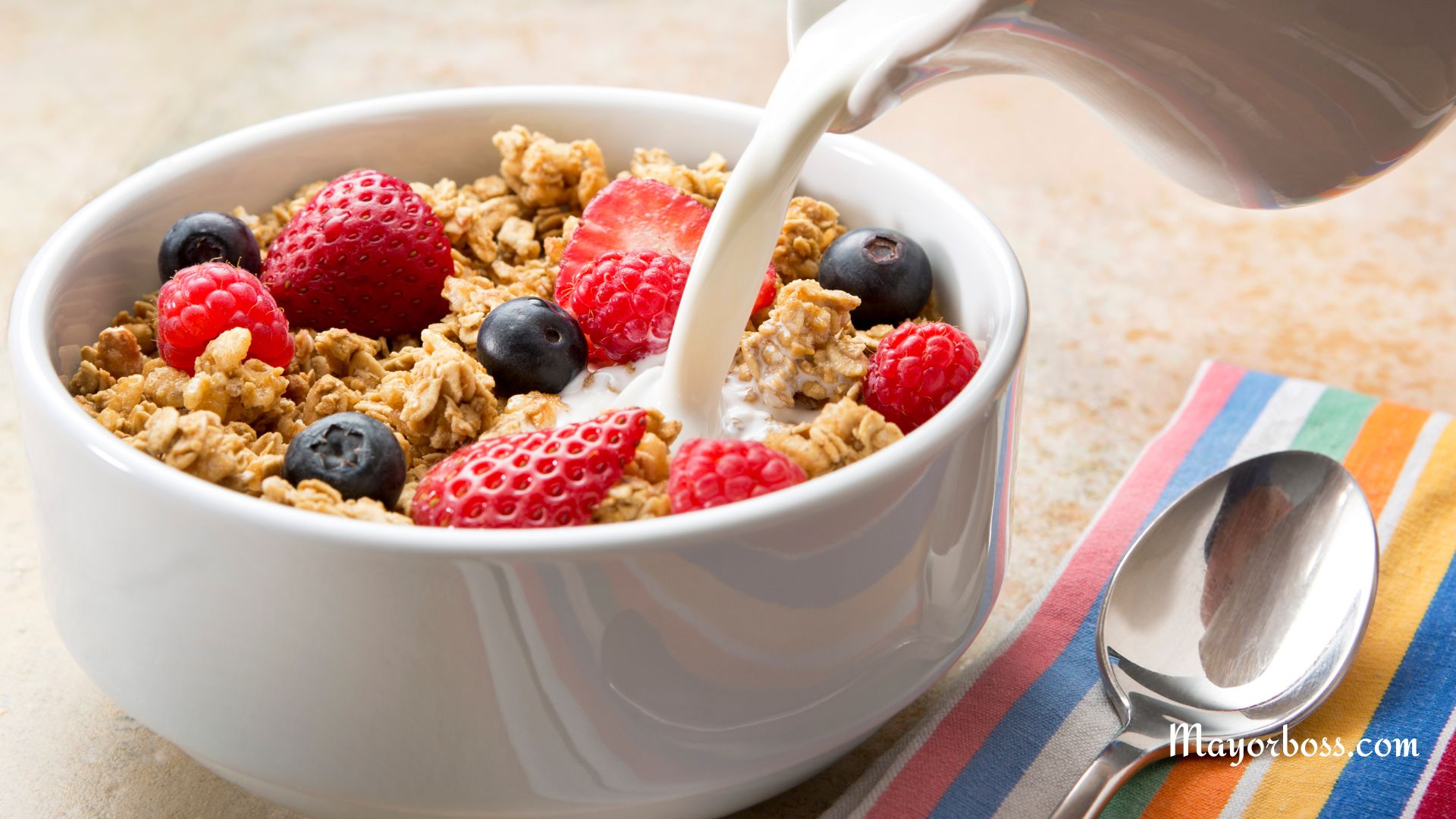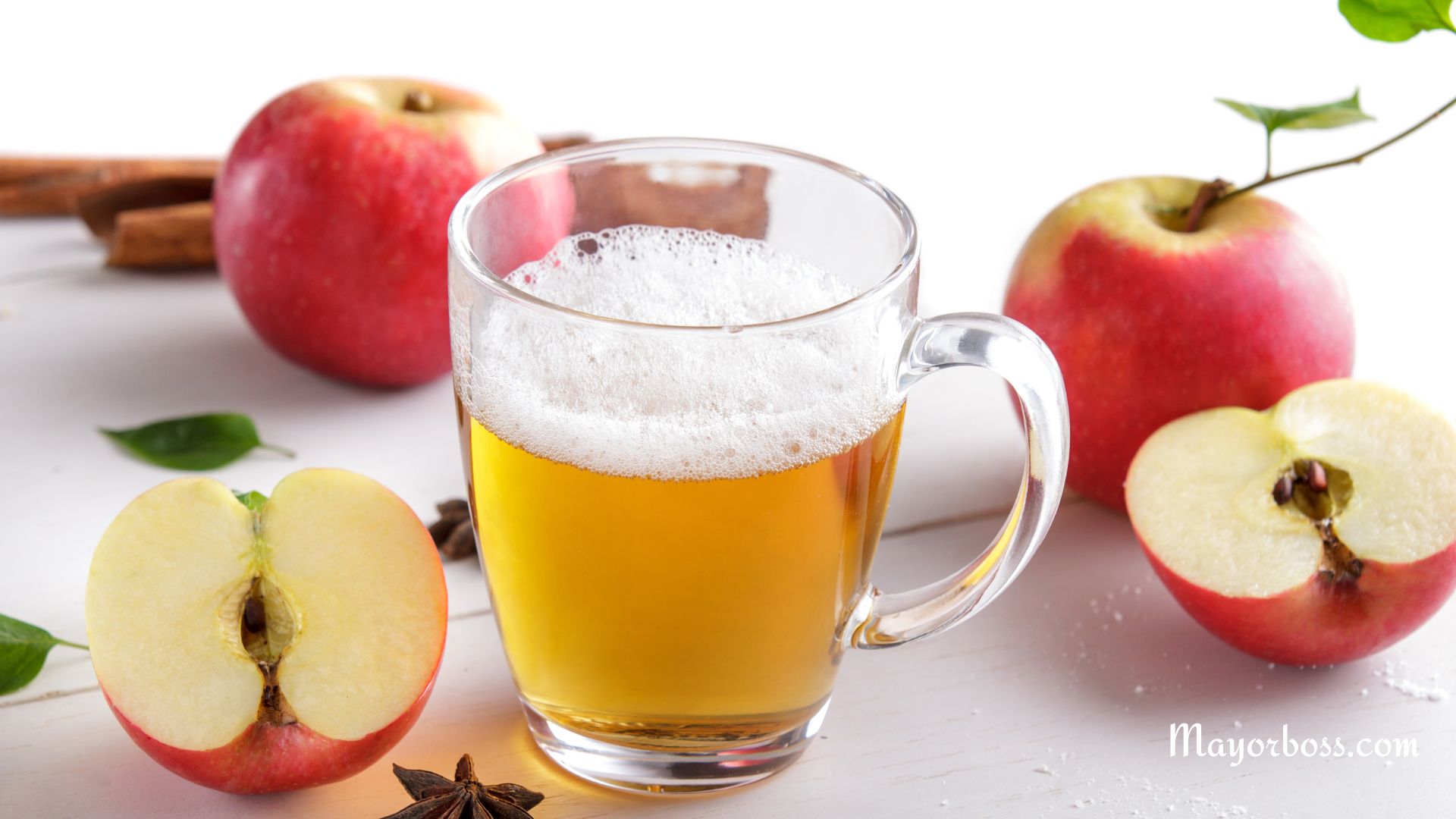7 Foods That Look Like Body Parts and Are Good for You
It’s pretty cool how some foods look like certain parts of the body—and they’re actually good for those parts! It feels like nature is giving us hints about what we should be eating. In this article, we’ll look at seven foods that not only look like body parts but also help keep those parts healthy. Keep reading—you might be surprised!

1. Carrots: Shaped Like Your Eyes, They Protect Your Vision
If you cut a carrot into slices, you’ll see a round pattern in the center that kind of looks like an eye. Carrots are packed with beta-carotene, which the body turns into vitamin A. Vitamin A is super important for healthy eyes. It helps your retina work well, improves your ability to see in low light, and keeps your eyes healthy overall. Studies have also shown that beta-carotene can lower the risk of cataracts and eye diseases as you get older.
2. Walnuts: Look Like the Brain and Help Your Brain Work Better
If you crack open a walnut, you’ll notice it looks a lot like a brain. It even has two halves and wrinkles, just like our brains! Walnuts are rich in omega-3 fatty acids, which are great for your brain. Omega-3s help keep your brain sharp and can reduce inflammation. They may also help delay memory problems as you age. Walnuts also have antioxidants and vitamin E, which protect your brain cells from damage.
3. Tomatoes: Look Like the Heart and Are Great for Heart Health
When you cut open a tomato, you’ll see several chambers inside, just like the structure of a human heart. Tomatoes are full of lycopene, which is an antioxidant that can lower the risk of heart disease. According to a study published in 2022, people who eat foods with lots of lycopene tend to have lower cholesterol and healthier hearts. Tomatoes also have a lot of potassium, which helps keep your blood pressure under control.
4. Grapes: Look Like Lungs and Help Keep Your Lungs Healthy
A bunch of grapes looks a lot like the tiny air sacs in your lungs called alveoli. These air sacs help you breathe by allowing oxygen to get into your body. Grapes, especially dark ones, have antioxidants like resveratrol and flavonoids that help protect your lung tissue from damage. Some studies have shown that eating grapes can help improve breathing and might even help reduce asthma symptoms.
5. Sweet Potatoes: Look Like the Pancreas and Help Regulate Blood Sugar
Sweet potatoes are long and shaped like the pancreas. They are high in fiber and have a low glycemic index, which means they help control blood sugar without causing big spikes. Sweet potatoes also have antioxidants and nutrients like vitamin C and beta-carotene that support a healthy pancreas. For people with diabetes, sweet potatoes can help keep blood sugar levels steady.
6. Celery: Looks Like Bones and Strengthens Bone Health
Celery stalks are long and crunchy, kind of like the bones in your arms and legs. Celery is a good source of vitamin K and calcium, which are both important for keeping your bones strong. It’s also low in calories and high in water, which helps keep your joints healthy. Vitamin K helps your body use calcium, which makes your bones stronger and lowers the risk of fractures.
7. Kidney Beans: Shaped Like Kidneys and Help Your Kidneys Stay Healthy
Kidney beans are named after their shape—they look just like your kidneys! These beans are full of fiber, which helps with healthy digestion and keeping cholesterol levels in check. Kidney beans also have important nutrients like magnesium and potassium, which help your kidneys work properly. Plus, they’re a great source of protein and iron, making them a healthy choice for overall wellness.
Nature’s Way of Reminding Us to Eat Well
Isn’t it amazing how nature gives us clues about what to eat? Foods like carrots, walnuts, and kidney beans don’t just look like body parts—they actually help those parts too. Including these foods in your diet can keep your body healthy, from your eyes to your bones and everything in between.
Next time you slice up a tomato or crack open a walnut, take a moment to think about how it helps your body. Healthy eating doesn’t have to be hard. Sometimes the best way to stay healthy is by following the simple clues that nature has left for us—in every fruit and vegetable.






